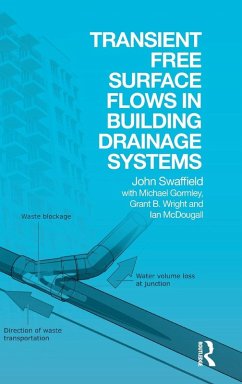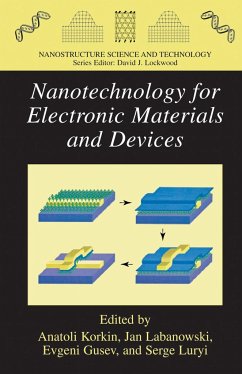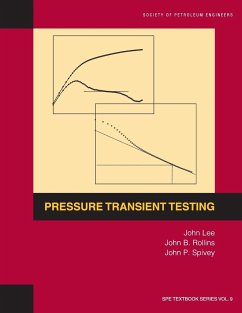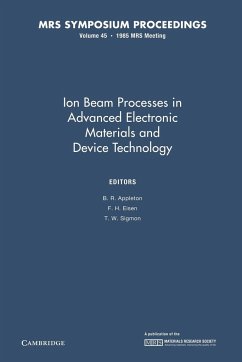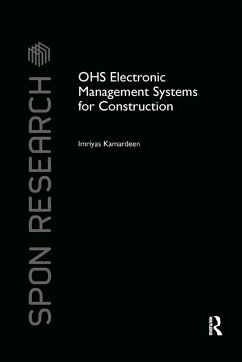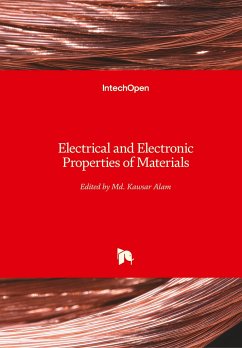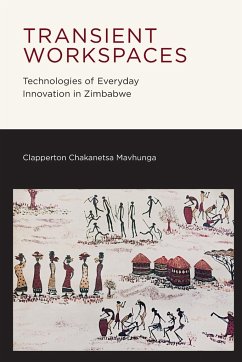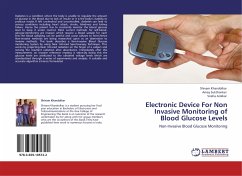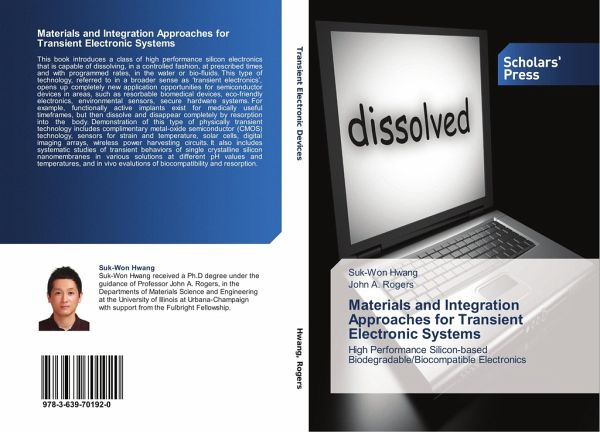
Materials and Integration Approaches for Transient Electronic Systems
High Performance Silicon-based Biodegradable/Biocompatible Electronics
Versandkostenfrei!
Versandfertig in 1-2 Wochen
45,99 €
inkl. MwSt.

PAYBACK Punkte
23 °P sammeln!
This book introduces a class of high performance silicon electronics that is capable of dissolving, in a controlled fashion, at prescribed times and with programmed rates, in the water or bio-fluids. This type of technology, referred to in a broader sense as 'transient electronics', opens up completely new application opportunities for semiconductor devices in areas, such as resorbable biomedical devices, eco-friendly electronics, environmental sensors, secure hardware systems. For example, functionally active implants exist for medically useful timeframes, but then dissolve and disappear comp...
This book introduces a class of high performance silicon electronics that is capable of dissolving, in a controlled fashion, at prescribed times and with programmed rates, in the water or bio-fluids. This type of technology, referred to in a broader sense as 'transient electronics', opens up completely new application opportunities for semiconductor devices in areas, such as resorbable biomedical devices, eco-friendly electronics, environmental sensors, secure hardware systems. For example, functionally active implants exist for medically useful timeframes, but then dissolve and disappear completely by resorption into the body. Demonstration of this type of physically transient technology includes complimentary metal-oxide semiconductor (CMOS) technology, sensors for strain and temperature, solar cells, digital imaging arrays, wireless power harvesting circuits. It also includes systematic studies of transient behaviors of single crystalline silicon nanomembranes in various solutions at different pH values and temperatures, and in vivo evalutions of biocompatibility and resorption.




